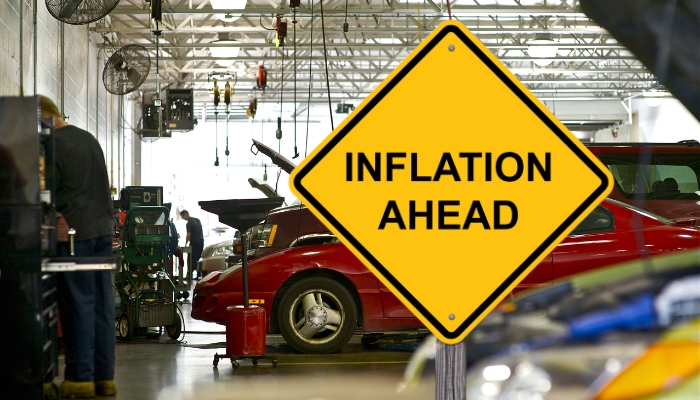US Inflation to Keep Cooling
Anúncios
US Inflation Expected to Continue Cooling Despite Energy Costs.
US inflation has been steadily slowing down from its peak in June, and it’s expected to further cool, thanks to declining car prices and rents. Additionally, if the US job market continues to slow, this could contribute to further inflation reduction.
While rising energy costs have increased headline inflation, with the latest Consumer Price Index showing a 3.7% rise in August from a year earlier, core inflation, which excludes volatile food and energy prices, decelerated to a 4.3% annual rate in August, slower than July’s 4.7%. Economists anticipate this trend to persist in the coming months.

The decrease in price momentum, particularly in used cars, has been notable. Used car and truck prices have declined for three consecutive months, falling by 1.2% in August compared to July and down by 6.6% from the previous year. New car prices also rose modestly by 0.3% in August but remain relatively stable.
The ongoing strike by the United Auto Workers, if prolonged, could potentially disrupt this expected slowdown in vehicle prices due to dwindling inventories resulting from reduced production.
Shelter costs, a significant component of the CPI, are also set to decline in the coming months, with rental costs having decelerated considerably over the past year. The moderation in both the job market and the broader economy is expected to ease inflation in the services sector, including areas such as restaurants and hospitals.
Although inflation is anticipated to decrease, financial markets and the Fed are primarily focused on core inflation. Investors expect the Fed to maintain steady interest rates without any immediate cuts, even if it takes longer for inflation to return to the 2% target range. However, if core inflation remains high, markets could start pricing in another rate hike.
Furthermore, experts are closely monitoring the ongoing strike by the United Auto Workers (UAW) in the US, which has the potential to impact the expected slowdown in vehicle prices. If the strike leads to reduced production and dwindling inventories of automobiles, it could exert upward pressure on car prices. This uncertainty in the automotive industry adds a layer of complexity to the economy outlook, and economists are keeping a keen eye on how this labor dispute unfolds and its potential implications for inflation in the coming months.
See also: Impact of the United Auto Workers Strike on the Economy



